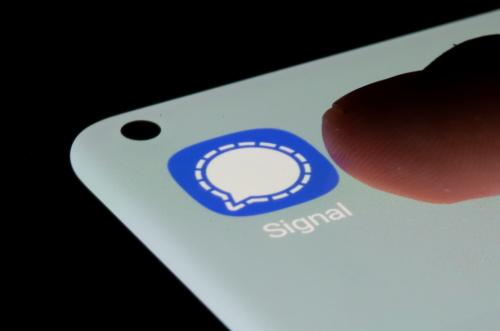This post originally appeared on
TechCrunch
While development organizations, nonprofit groups and some of our largest technology companies push for a global Internet, a tale of two cities highlights the difficulties inherent in getting a population to use services intended for their development (even if they’re free).
The divergent paths of broadband adoption in Stockholm and New York highlight just how difficult getting local populations to move online can be.
I’m enamored with Stockholm. For me, the city’s crown jewel was the municipal broadband network that was based on fiber-optic facilities made available ubiquitously to businesses, government agencies and consumers. Yet underlying the breathtaking beauty, clean streets and impressive infrastructure is a fascinating story of a technology adoption gap and cultural resistance.
This network was built about 20 years ago to jump-start an economy that was declining rapidly due to double-digit unemployment and large public budget deficits. Stockholm wagered that if it funded its own fiber broadband network, companies might relocate there and government savings would be possible because the city itself was the single largest customer of telecommunications services.
Two decades later, that bet seems to have paid off. Stockholm’s broadband network is available to 100 percent of businesses and 90 percent of residences. There remains a significant gap, however, between those who can buy monthly fixed fiber broadband (known as availability) and those who actually do (known as adoption).
Nationally, according to the latest data from the Fibre to the Home Council Europe, only about 27 percent of Swedish residents have actually purchased monthly fixed broadband plans. Even if Stockholm deviates substantially from this country-wide data, doubling that percentage means that only about half of residential customers think that fiber-based broadband is important to their overall quality of life. Compare that to the demand for utilities such as electricity and water, where adoption is virtually 100 percent.
Upon returning to the United States, I began to hear from colleagues who also had been to Stockholm. Like me, they thought it was a terrific city and had glowing reports about the municipal broadband network, which they pointed out now was financially self-sufficient. The positive cash flow came from businesses and government agencies rather than residential consumers, but the bottom line was that the network didn’t require any taxpayer subsidies.
I also began to hear that our nation’s urban fixed broadband infrastructure paled in comparison to Stockholm’s, so I began to take a closer look at New York City, which has less-than-immaculate streets, a creaky subway system, and people who pride themselves at avoiding eye contact when you pass them on a street.
Despite Stockholm’s 20-year head start, New York City has achieved greater fixed broadband availability to residential customers (by percentage). And New York City is 10 times larger than Stockholm. According to the New York City Department of Information Technology and Communications, “broadband service is almost universally available — residential coverage stands at virtually 100 percent.”
What both of these cities illustrate is that there remains a substantial gap — in Sweden, the United States, and elsewhere — between availability and broadband adoption. Supply seems to be outstripping demand so far, which may be driven by powerful cultural forces. In Sweden, about 10 percent of the population does not have any type of Internet service. Cost is not a primary barrier, nor is access to a computer. Rather, according to the latest report of Sweden’s Internet Infrastructure Foundation, about 75 percent of those who do not use the Internet indicated that they do not like to try new technologies.
Despite the growing popularity of smartphones, the devices remain primarily a means for making telephone calls, with only one-third of Swedish smartphone users sending an occasional text message. But according to the foundation’s findings, the most cited explanation of Internet non-users is not speed, price or even an adverse reaction to complicated and difficult devices. Instead, the “most common reason, mentioned by two out of three, is that they are simply not interested. It is a response that has always been the most common among non-users.”
Contrast these responses to the United States, where interest in the Internet’s capabilities is much more intense than in Sweden. Here, price also was not cited as a primary barrier for non-adoption. Rather, according to the USC Annenberg Center for the Digital Future’s World Internet Project, not having a computer was the main reason for U.S. non-users remaining offline.
The broadband adoption gap clearly continues to be both a marketplace and policy issue around the world. It underscores the need for more user-friendly devices and interfaces, along with more compelling content and apps.
Hardware companies, venture firms and entrepreneurs have clear targets of opportunity in this realm. Government policymakers too often have viewed broadband adoption as an outcome of competition and pricing, developing new regulatory approaches designed to expand an often-ample supply pool. Like the private sector, they also would be well advised to bring the demand side of the broadband Internet equation into a much sharper focus.
For more Brookings research on improving tech policy, visit the TechTank blog.
The Brookings Institution is committed to quality, independence, and impact.
We are supported by a diverse array of funders. In line with our values and policies, each Brookings publication represents the sole views of its author(s).



Commentary
The global broadband adoption gap needs greater attention
March 9, 2015